- The Importance of Proper Branch Growth in Gardening
- 1. Aesthetic Appeal
- 2. Space Optimization
- 3. Sunlight Distribution
- 4. Disease Prevention
- 5. Structural Stability
- Conclusion
- Understanding the Basics of Influencing Branch Growth
- 1. Pruning
- 2. Training
- 3. Light Exposure
- 4. Chemical Growth Regulators
- 5. Time and Patience
- Choosing the Right Techniques for Branch Training
- Pruning Techniques to Direct Branches in Desired Direction
- 1. Selective Pruning
- 2. Training with Stakes and Wires
- 3. Pruning to Open Up the Canopy
- 4. Regular Maintenance Pruning
- Tying and Supporting Branches to Promote Desired Growth
- Materials Needed:
- Steps for Tying and Supporting Branches:
- Using Weight and Gravity to Shape Branches
- 1. Tying Branches
- 2. Weights
- 3. Bending Branches
- 4. Pruning
- 5. Patience
- Utilizing Tools and Equipment for Branch Manipulation
- 1. Pruning Shears
- 2. Training Wires or Stakes
- 3. Plant Ties or Velcro Strips
- 4. Pruning Saw
- 5. Grafting Tools
- 6. Protective Gear
- Monitoring and Adjusting Techniques for Optimal Results
- Regular Inspection
- Pruning and Trimming
- Training Supports
- Wire Bending
- Light Manipulation
- Regular Maintenance
- Record Keeping
- Question-answer:
- How can I make a branch grow in a specific direction?
- Can I use pruning to influence the growth of a branch?
- Are there any tools or equipment that can help with influencing branch growth?
- Is it possible to influence the direction of branch growth without causing any damage to the plant?
- What are the advantages and disadvantages of using weights to influence branch growth?
- Video: Our first garden tour!
When it comes to gardening, one of the key skills any gardener should master is the art of influencing branch growth in the desired direction. This technique allows gardeners to create beautiful and well-structured plants, trees, and shrubs that enhance the overall aesthetic appeal of their outdoor spaces.
To effectively influence branch growth, there are several tried and tested methods that gardeners can employ. One such technique is the use of pruning. By selectively pruning branches, gardeners can direct growth in a specific direction and encourage the development of a desired shape or form. It is important to note that pruning should be done strategically and with caution to avoid damaging the plant.
Another effective method for influencing branch growth is the use of plant supports. These can range from traditional stake-and-tie systems to more modern options such as trellises, cages, or training wires. By providing physical support, gardeners can guide branches in a desired direction and help them grow vertically, horizontally, or in a specific pattern.
Pro tip: When using plant supports, it is important to regularly check and adjust them as the branches grow to ensure that they are properly supported and guided.
In addition to pruning and plant supports, gardeners can also use techniques such as bending or weighting branches to influence their growth. This method involves gently bending branches in the desired direction or attaching weights to them to encourage growth in a specific path. Care should be taken to avoid excessive bending or weighting, as this can result in damage to the plant.
By mastering the skill of influencing branch growth, gardeners can transform their outdoor spaces into stunning displays of well-structured and visually pleasing plants. Whether it’s creating an elegant archway of roses, a lush and dense hedge, or a beautifully trained fruit tree, the techniques discussed in this article are invaluable tools for any aspiring gardener.
The Importance of Proper Branch Growth in Gardening
Gardening involves not only planting and nurturing plants, but also shaping and directing their growth. One important aspect of gardening is influencing the direction of branch growth, which plays a crucial role in determining the overall shape and health of the plant. Proper branch growth is essential for achieving a desired aesthetic appeal, as well as ensuring the plant’s well-being.
1. Aesthetic Appeal
The way branches grow and spread can greatly impact the visual appeal of a plant. By influencing the direction of branch growth, gardeners can create artistic and pleasing shapes, such as cascading branches or a symmetrical canopy. This adds beauty and elegance to any garden or landscape design.
2. Space Optimization
Controlling branch growth is also important for space optimization. In small gardens or limited spaces, it may be necessary to ensure that branches grow in a specific direction to maximize the use of available space. By directing branches away from certain areas or structures, gardeners can prevent overcrowding and create a more organized and efficient garden layout.
3. Sunlight Distribution
Proper branch growth also helps in distributing sunlight evenly to different parts of the plant. By directing branches towards or away from sunlight, gardeners can ensure that all parts of the plant receive adequate sunlight for photosynthesis and healthy growth. This is especially important for plants that require specific light conditions to thrive.
4. Disease Prevention
Branches that grow too closely together or in undesirable directions can create a favorable environment for disease and pests. Properly spaced branches allow air to circulate freely, reducing the chances of fungal infections and improving the plant’s overall health. Additionally, by pruning and shaping branches, gardeners can remove any diseased or damaged parts, preventing the spread of diseases to other branches or plants.
5. Structural Stability
Proper branch growth is crucial for maintaining the structural stability of a plant. Branches that grow in a balanced manner help to distribute the weight of leaves, flowers, and fruits evenly, reducing the strain on individual branches and the risk of breakage. By influencing branch growth, gardeners can ensure a sturdy and long-lasting plant structure.
Conclusion
Influencing branch growth allows gardeners to shape and direct the growth of plants, enhancing their aesthetic appeal, optimizing space, distributing sunlight, preventing disease, and maintaining structural stability. By understanding the importance of proper branch growth, gardeners can create healthy and beautiful gardens that thrive in both form and function.
Understanding the Basics of Influencing Branch Growth
Influencing the growth of branches in a desired direction is an essential technique in gardening. By understanding the basics of how plants grow and respond to environmental stimuli, gardeners can manipulate the growth of branches to create attractive and well-structured plants.
1. Pruning
One of the most common methods to influence branch growth is through pruning. Pruning involves cutting back certain branches to redirect the plant’s energy towards desired areas. By removing unwanted branches or excess growth, gardeners can shape the plant to their liking.
2. Training
Training is another technique that can be used to influence branch growth. It involves gently bending or tying branches in a specific direction to encourage growth in that direction. For example, by tying a young branch to a stake or support structure, gardeners can guide its growth vertically or horizontally.
3. Light Exposure
Light is a crucial factor in determining how plants grow and where they direct their energy. By strategically positioning plants in areas with different light conditions, gardeners can influence branch growth. For instance, placing a plant in a spot with more sunlight on one side will cause the branches to grow towards that side.
4. Chemical Growth Regulators
In some cases, gardeners may use chemical growth regulators to influence branch growth. These regulators are substances that can be applied to plants to either stimulate or inhibit growth in specific areas. They can be useful for controlling the overall shape and size of a plant.
5. Time and Patience
Lastly, it is important to remember that influencing branch growth takes time and patience. Plants have their own natural growth patterns and may not respond immediately to manipulation techniques. Gardeners should be consistent in their efforts and allow the plant enough time to adjust and grow in the desired direction.
By understanding these basic principles of influencing branch growth, gardeners can create beautifully shaped plants that enhance the overall aesthetic of their garden.
Choosing the Right Techniques for Branch Training
Branch training is an essential part of gardening when you want to influence the growth of branches in a specific direction. By using various techniques, you can shape your plants to grow in aesthetically pleasing patterns or to optimize their exposure to sunlight. Here are some techniques to consider when training branches:
- Pruning: Pruning is the most common technique used for branch training. By cutting away unwanted branches, you can direct the plant’s energy to the desired branches. Make sure to use sharp and clean pruning shears to avoid damaging the plant.
- Tying: Tying is another effective method to guide branches in a specific direction. You can use soft materials like gardening twine, cloth strips, or plant ties to gently secure branches to support structures or stakes. Be careful not to tie them too tightly, as it may restrict their growth or cause damage.
- Bending: Bending branches is a technique that involves gently bending flexible branches in the desired direction. This method is commonly used for plants like bonsai trees or espalier fruit trees. To avoid breaking the branches, do it gradually over time and provide additional support if needed.
- Weighting: Weighting is a technique that uses weights to encourage branches to grow in a particular direction. You can attach small weights, such as fishing sinkers or stones, to the branches using string or thin wires. This technique is especially useful for vertical training, such as training climbing plants to grow along a trellis or wall.
- Notching: Notching is a more advanced technique that involves making a small cut or notch on the underside of a branch to influence its growth. By damaging the cambium layer of the branch, you can redirect growth hormones and stimulate the branch to grow in a specific direction.
Remember to assess the specific needs of your plants before using any of these techniques. Different plants have different growth habits and requirements, so it’s important to choose the appropriate technique for each plant. Additionally, be patient when training branches as it can take time for the desired results to appear. Regular monitoring and adjustment may be necessary to achieve the desired branch growth.
Pruning Techniques to Direct Branches in Desired Direction
Proper pruning techniques can help gardeners direct the growth of tree branches in a desired direction. Whether you want to shape the tree for aesthetic reasons or to create a more balanced structure, these techniques can be effective.
1. Selective Pruning
Selective pruning involves removing specific branches to direct the growth of the tree. Identify the branches that are growing in the wrong direction or are overcrowding other branches. Use sharp pruning shears to carefully cut these branches at their base, rather than simply trimming them back. This will help redirect the tree’s energy to the desired branches and create a more desirable growth pattern.
2. Training with Stakes and Wires
Another technique to direct branches is using stakes and wires. Insert a sturdy stake in the ground next to the branch you want to direct. Use soft fabric ties or horticultural wire to loosely attach the branch to the stake, making sure not to tie it too tightly as this can damage the branch. Over time, the branch will naturally grow in the direction of the stake.
3. Pruning to Open Up the Canopy
To encourage branches to grow in a specific direction, it can be helpful to open up the canopy of the tree. Carefully prune away some of the outer branches, making clean cuts at the point of attachment to a larger branch or trunk. This will allow more light and air to reach the inner branches, stimulating their growth in the desired direction.
4. Regular Maintenance Pruning
Regular maintenance pruning is important to maintain the desired shape and growth direction of the tree. Remove any dead or diseased branches, as they can hinder the growth of healthy branches. Additionally, trim back any branches that are growing too vigorously in the wrong direction to maintain the desired structure.
- Continue to monitor the growth of the tree and make adjustments as needed.
- Be patient, as it may take several years to achieve the desired branch direction.
- Ensure you are using sharp and clean pruning tools to minimize damage to the tree.
By implementing these pruning techniques, gardeners can effectively direct the growth of tree branches in the desired direction, creating a beautifully shaped tree with a balanced structure.
Tying and Supporting Branches to Promote Desired Growth
Tying and supporting branches is an effective technique that gardeners use to train plants and promote desired growth in a specific direction. Whether you want your plants to grow vertically, horizontally, or in a certain shape, this method allows you to have more control over the overall shape and structure of your plants.
Materials Needed:
- Garden twine or soft plant ties
- Support stakes or bamboo canes
- Pruning shears or scissors
Steps for Tying and Supporting Branches:
- Identify the branches that need to be tied and supported. Look for branches that are growing in the wrong direction or those that need extra support to prevent them from bending or breaking.
- Prepare the necessary materials. Cut a length of garden twine or use soft plant ties that are long enough to secure the branch to a support stake or bamboo cane.
- Carefully tie the branch to the support stake or bamboo cane. Start by loosely wrapping the twine or tie around the branch, ensuring that it does not constrict or damage the branch. Gradually tighten the tie to secure the branch into the desired position.
- If the branch is particularly heavy or long, additional support may be needed. Use additional support stakes or canes to create a framework that will provide extra stability.
- Regularly check the ties and supports to ensure they are not too tight or causing any damage to the branch. If necessary, adjust or replace the ties to accommodate the growth of the branch.
- Continue to monitor the growth of the branches and adjust the ties and supports as needed. Over time, the plant will adapt to its new position and begin to grow in the desired direction.
Remember to use soft materials, such as garden twine or plant ties, to avoid damaging the branches. It is also important to regularly inspect the ties and supports to ensure they are not causing any harm to the plant.
By tying and supporting branches, you can influence their growth in a desired direction and create the desired shape and structure for your garden. This method allows you to have more control over the overall aesthetic and health of your plants, resulting in a beautiful and well-maintained garden.
Using Weight and Gravity to Shape Branches
The way branches grow naturally is influenced by the force of gravity. By correctly manipulating this force, gardeners can shape branches in desired directions to create beautiful and unique tree formations.
1. Tying Branches
One common technique is to tie branches down using strings or wires to create a downward force. This helps in training the branches to grow horizontally or even slightly downward. It is important to secure the ties firmly but not too tight, as excessive pressure can damage the branch.
2. Weights
Using weights is another effective method to shape branches. Attaching small weights, such as fishing sinkers or small bags of sand or rocks, to the branches encourages them to grow in a desired direction. The weight should hang freely without causing any strain or breakage.
3. Bending Branches
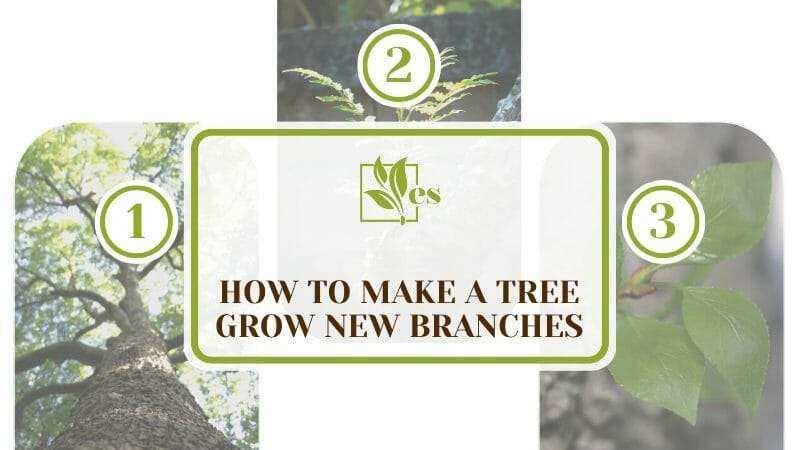
Another technique is bending branches gradually to a desired shape using careful pressure. This can be done by attaching flexible materials, such as garden ties or soft wires, to the branch and gently guiding them towards the desired direction. Over time, the branch will begin to grow in the bent shape.
4. Pruning
Pruning is an essential part of branch shaping. Removing unwanted branches and excess growth redirects the plant’s energy towards the desired branches. It is important to make clean cuts with sharp pruning tools and to prune during the appropriate season.
5. Patience
Shaping branches using weight and gravity takes time and patience. It is a gradual process that requires consistent effort and monitoring. Regularly check the ties, weights, and bent branches to ensure they are not causing any harm or damage to the tree.
By utilizing these techniques, gardeners can guide and shape branches in various directions, creating unique tree forms and enhancing the overall beauty of their garden.
Utilizing Tools and Equipment for Branch Manipulation
1. Pruning Shears
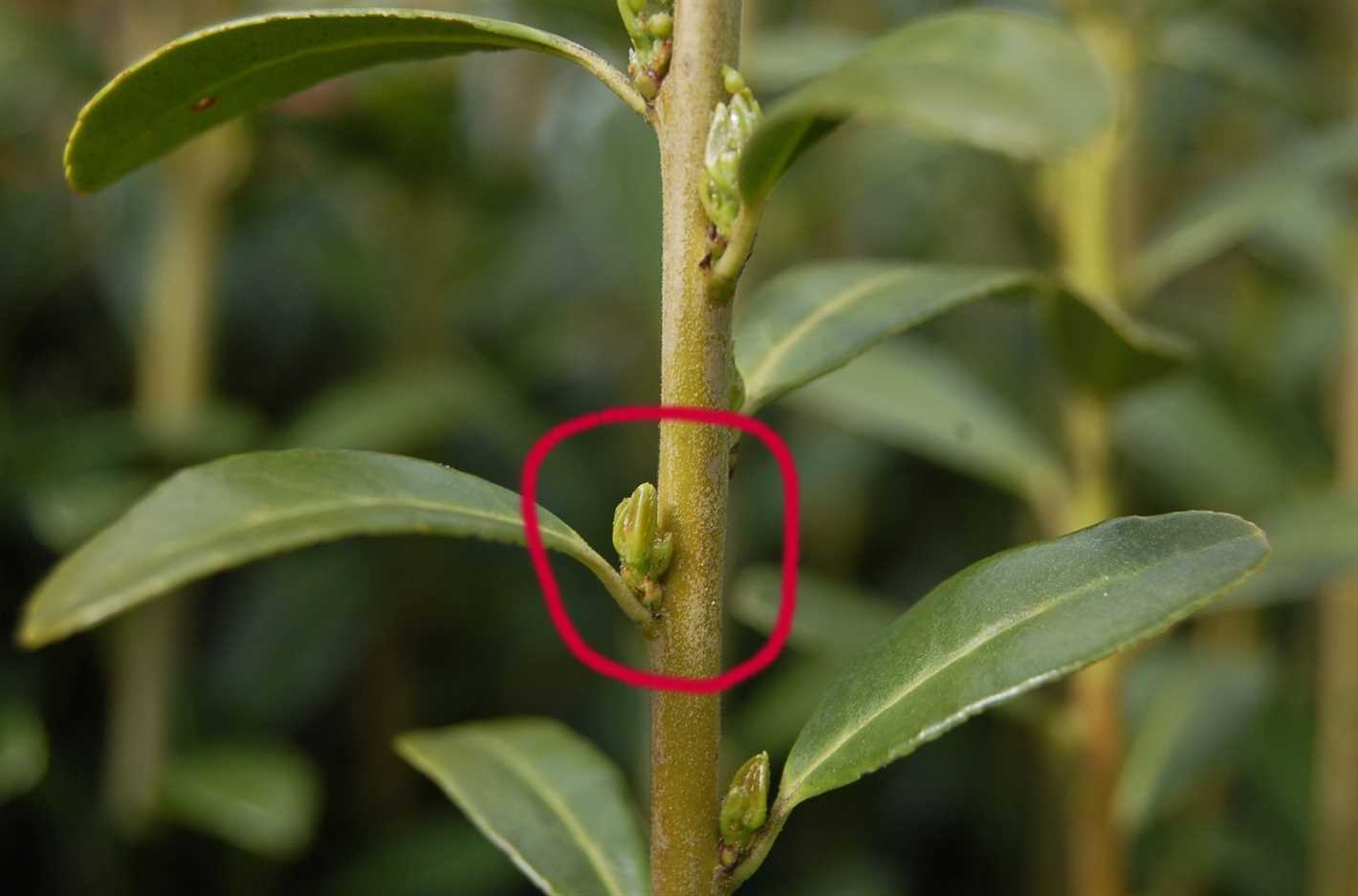
Pruning shears are one of the essential tools for branch manipulation in gardening. These handheld tools are designed to make clean and precise cuts, allowing gardeners to remove unwanted branches or shape the plant in the desired direction. When using pruning shears, it is important to make a clean cut just above a leaf node or bud to promote healthier branch growth.
2. Training Wires or Stakes
Training wires or stakes are often used to guide the growth of branches in the desired direction. These tools are particularly useful for training young plants or repositioning branches that are growing in a way that is not conducive to the desired shape or structure. By gently tying the branch to a stake or wrapping a training wire around it, gardeners can steer the growth of the branch in the desired direction over time.
3. Plant Ties or Velcro Strips
Plant ties or velcro strips are handy tools for securing branches to stakes or trellises. These flexible and adjustable ties allow gardeners to loosely support the branches without restricting their growth. It is important to regularly check and adjust the ties as the branches grow to prevent any potential damage or strangulation.
4. Pruning Saw
A pruning saw is a larger cutting tool used to remove larger branches or limbs. This tool is especially useful when dealing with older or thicker branches that cannot be easily cut with pruning shears. When using a pruning saw, it is important to make a clean and precise cut to minimize any potential damage to the plant.
5. Grafting Tools
Grafting tools, such as grafting knives or grafting tape, can be used to manipulate branch growth through grafting techniques. Grafting allows gardeners to combine different plant varieties or encourage new growth on existing branches. This technique is useful for creating stronger or more resilient plants that can withstand specific environmental conditions.
6. Protective Gear
When manipulating branches, it is important to protect yourself from potential injuries. Wearing gloves and safety glasses can help prevent cuts or scratches from sharp branches or flying debris. Additionally, long-sleeved shirts and pants can provide an additional layer of protection against potential thorns or prickles.
In conclusion, utilizing the right tools and equipment is vital when it comes to manipulating branch growth in the desired direction. Whether it’s using pruning shears to make clean cuts or training wires to guide the growth, these tools can help gardeners achieve the desired shape and structure for their plants.
Monitoring and Adjusting Techniques for Optimal Results
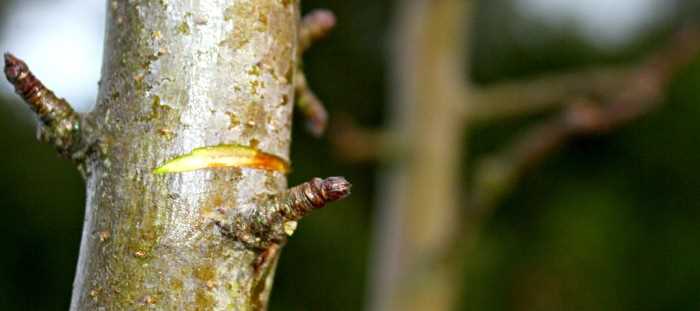
Regular Inspection
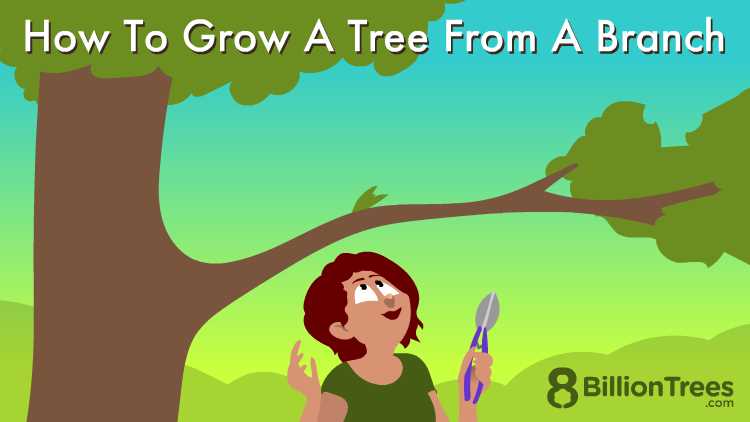
One of the key steps in influencing the growth of branches in the desired direction is regular inspection. By closely monitoring the development of the plant, you can identify any deviations from your desired direction and take necessary actions at an early stage.
Pruning and Trimming
Pruning and trimming are essential techniques in guiding branch growth. By removing certain branches or parts of branches, you can redirect the plant’s energy towards desired areas. Pruning encourages new growth in the desired direction and helps create a balanced and aesthetically pleasing shape.
Training Supports
Using training supports such as stakes, trellises, or wires can also be effective in influencing branch growth. By attaching branches to these supports, you guide their growth in a specific direction. This technique is especially useful for training climbers and vining plants.
Wire Bending
Wire bending is a technique commonly used to shape branches. By carefully bending the branches to the desired direction and tying them with wire or plant ties, you can gradually train the branches to grow in the desired shape.
Light Manipulation
Light plays a crucial role in plant growth. By manipulating light exposure, you can guide branch growth towards or away from a light source. For example, if you want branches to grow towards the sun, you may need to prune surrounding branches to allow more light to reach the desired area.
Regular Maintenance
Maintaining a regular maintenance routine is important to ensure optimal growth and direction. This includes watering, fertilizing, and providing adequate support for the plants. By providing appropriate care, you create an ideal environment for the branches to grow in the desired direction.
Record Keeping
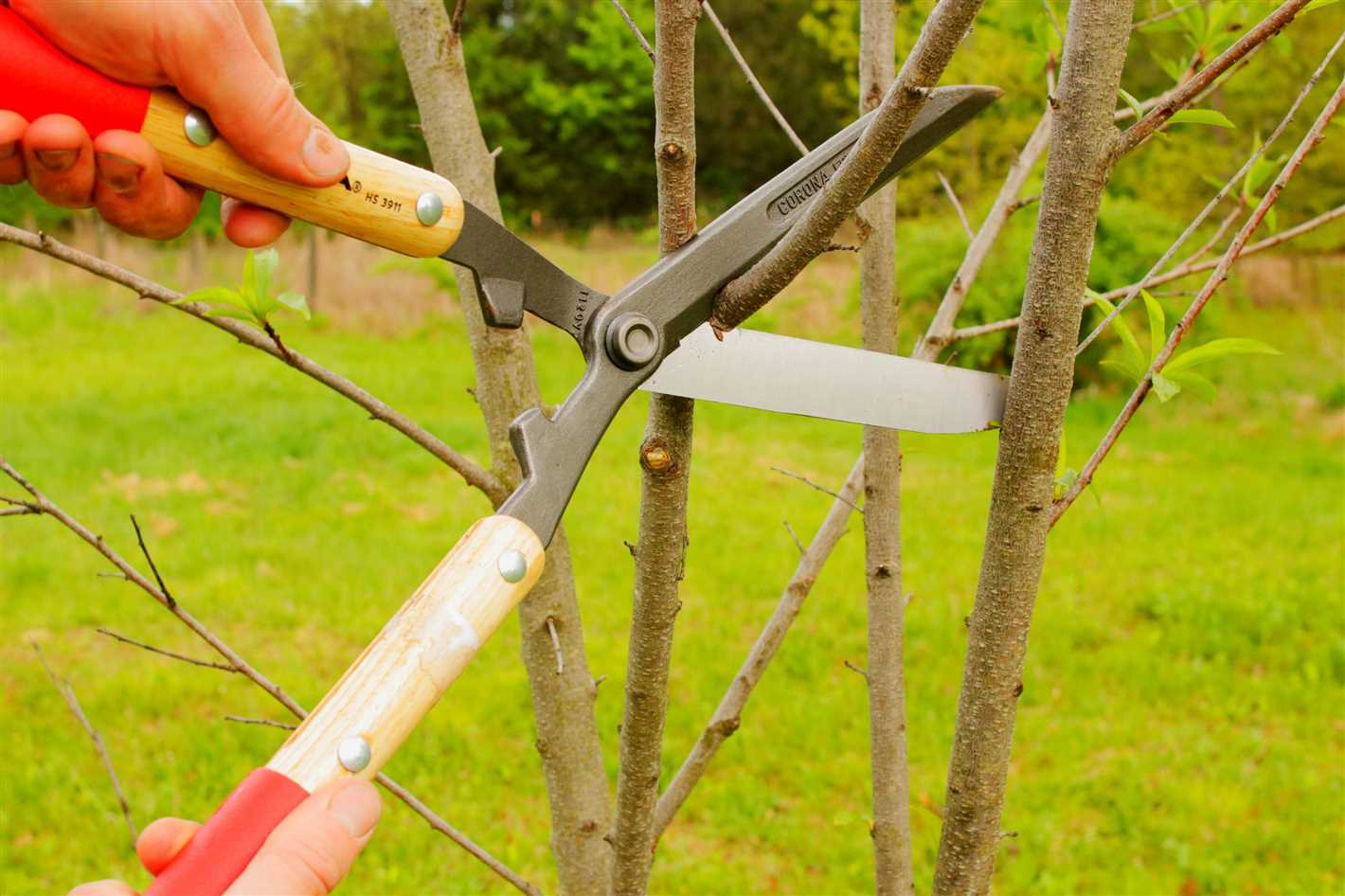
Keeping records of your gardening activities can help you track the progress of your efforts. Take note of the techniques used, the results obtained, and any adjustments made. This record will serve as a valuable reference for future gardening endeavors.
| Technique | Description |
|---|---|
| Regular Inspection | Closely monitor plant development and take early action on deviations. |
| Pruning and Trimming | Remove branches or parts of branches to guide growth and create balance. |
| Training Supports | Use stakes, trellises, or wires to attach and guide branch growth. |
| Wire Bending | Carefully bend branches and tie them to gradually shape desired form. |
| Light Manipulation | Manipulate light exposure to guide growth towards or away from a light source. |
| Regular Maintenance | Maintain watering, fertilizing, and support to provide optimal growing conditions. |
| Record Keeping | Keep a record of techniques, results, and adjustments for future reference. |
Question-answer:
How can I make a branch grow in a specific direction?
To make a branch grow in a specific direction, you can use various techniques such as strategic pruning, using weights or ties, or training the branch with specialized tools. Each technique has its own advantages and disadvantages, so it’s important to choose the one that best suits your needs and the type of plant you’re working with.
Can I use pruning to influence the growth of a branch?
Yes, pruning can be a very effective way to influence the growth of a branch. By selectively removing certain branches or parts of branches, you can redirect the plant’s energy to promote growth in a desired direction. Just make sure to follow proper pruning techniques and consider the specific needs of the plant you’re working with.
Are there any tools or equipment that can help with influencing branch growth?
Yes, there are several tools and equipment available that can help with influencing branch growth. Some examples include branch trainers or spreaders, which can be used to gently guide branches in a specific direction; branch ties or clips, which can hold branches in place; and weights or anchors, which can be used to add tension to branches and encourage them to grow in a particular direction. It’s important to use these tools carefully and follow the instructions to avoid damaging the plant.
Is it possible to influence the direction of branch growth without causing any damage to the plant?
Yes, it is possible to influence the direction of branch growth without causing any damage to the plant. This can be achieved through techniques such as strategic pruning, where you selectively remove branches or parts of branches to redirect the plant’s energy; using gentle ties or clips to train branches in a specific direction; or using branch trainers or spreaders to guide branches without causing harm. It’s important to be patient and consistent when using these techniques, as it may take time for the plant to adjust its growth pattern.
What are the advantages and disadvantages of using weights to influence branch growth?
Using weights to influence branch growth can have both advantages and disadvantages. On the positive side, weights can provide a gentle and constant tension on the branch, which can help to encourage it to grow in the desired direction. This method is also relatively simple and inexpensive. However, there is a risk of overburdening the branch with excessive weight, which can cause it to break or become weakened. It’s important to monitor the branch closely and adjust the weight as needed to avoid damage to the plant.







